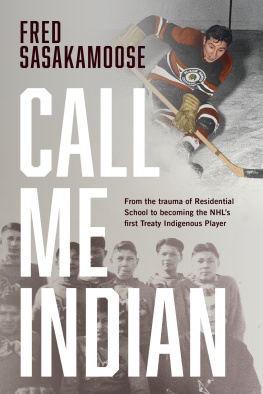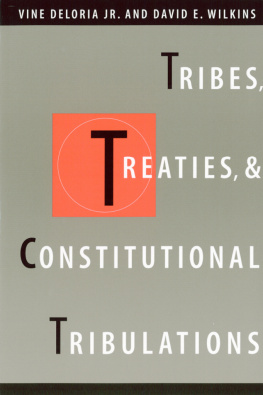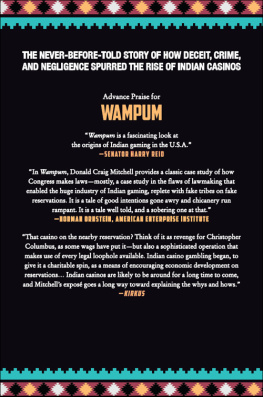Fred B. Kniffen - The Historic Indian Tribes of Louisiana
Here you can read online Fred B. Kniffen - The Historic Indian Tribes of Louisiana full text of the book (entire story) in english for free. Download pdf and epub, get meaning, cover and reviews about this ebook. year: 1994, publisher: LSU Press, genre: Politics. Description of the work, (preface) as well as reviews are available. Best literature library LitArk.com created for fans of good reading and offers a wide selection of genres:
Romance novel
Science fiction
Adventure
Detective
Science
History
Home and family
Prose
Art
Politics
Computer
Non-fiction
Religion
Business
Children
Humor
Choose a favorite category and find really read worthwhile books. Enjoy immersion in the world of imagination, feel the emotions of the characters or learn something new for yourself, make an fascinating discovery.

- Book:The Historic Indian Tribes of Louisiana
- Author:
- Publisher:LSU Press
- Genre:
- Year:1994
- Rating:4 / 5
- Favourites:Add to favourites
- Your mark:
- 80
- 1
- 2
- 3
- 4
- 5
The Historic Indian Tribes of Louisiana: summary, description and annotation
We offer to read an annotation, description, summary or preface (depends on what the author of the book "The Historic Indian Tribes of Louisiana" wrote himself). If you haven't found the necessary information about the book — write in the comments, we will try to find it.
The Historic Indian Tribes of Louisiana — read online for free the complete book (whole text) full work
Below is the text of the book, divided by pages. System saving the place of the last page read, allows you to conveniently read the book "The Historic Indian Tribes of Louisiana" online for free, without having to search again every time where you left off. Put a bookmark, and you can go to the page where you finished reading at any time.
Font size:
Interval:
Bookmark:
Hiram F. Gregory
George A. Stokes
Baton Rouge
Copyright 1987 by Louisiana State University Press
All rights reserved
Manufactured in the United States of America
Designer: Christopher J. Wilcox
Typeface: Aster
Typesetter: G & S Typesetters, Inc.
Kniffen, Fred Bowerman, 1900
The historic Indian tribes of Louisiana.
Includes index.
1. Indians of North AmericaLouisiana. I. Gregory, Hiram F. II. Stokes, George A., 1920 III. Title.
E78.L8K59 1987 976.3'00497 86-27601
ISBN 978-0-8071-1963-1 (paper)
The paper in this book meets the guidelines for permanence and durability of the Committee on Production Guidelines for Book Longevity of the Council on Library Resources.

Louisiana Paperback Edition, 1994
Fifth printing, 2010
Font size:
Interval:
Bookmark:
Similar books «The Historic Indian Tribes of Louisiana»
Look at similar books to The Historic Indian Tribes of Louisiana. We have selected literature similar in name and meaning in the hope of providing readers with more options to find new, interesting, not yet read works.
Discussion, reviews of the book The Historic Indian Tribes of Louisiana and just readers' own opinions. Leave your comments, write what you think about the work, its meaning or the main characters. Specify what exactly you liked and what you didn't like, and why you think so.





